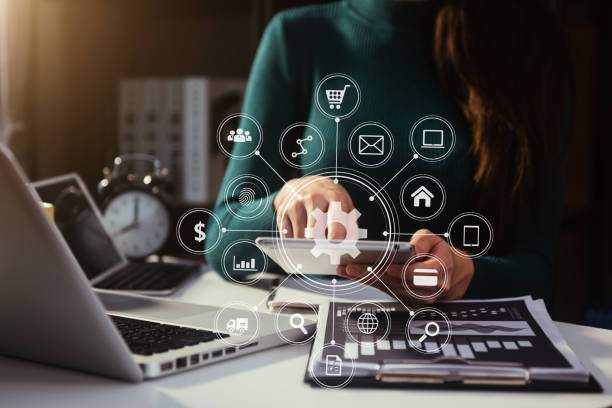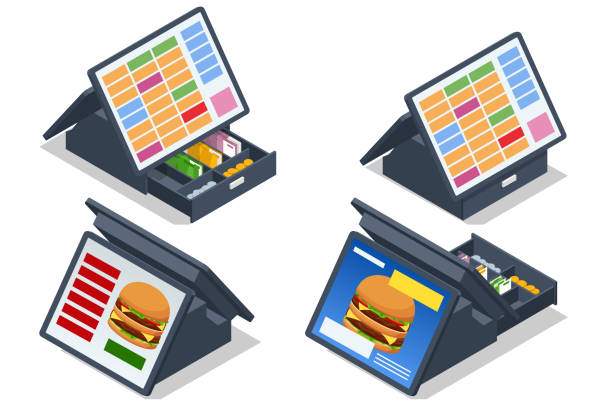all about kitchen order ticket (kot) and its importance in the hotel industry

- March 20, 2025
KOT and its importance in the Hotel Industry
In hotel business seamless communication between the kitchen and service staff is a very crucial element. In this context, Kitchen Order Ticket (KOT) system plays a critical role. KOT is a standardized order management system. It basically ensures that there is accuracy, efficiency and faster service in food and beverage management. Many modern hotels integrate KOT with a hotel POS system which facilitates real-time order processing and billing. This ensures that there is smooth coordination between the kitchen and the front-end service. Also, KOT is often linked with a hotel PMS software or hotel property management system. So, the overall hotel operations get streamlined very smoothly.
What is a KOT?
A Kitchen Order Ticket (KOT) is a written or digital slip which gets generated when a guest places an order. It contains essential details such as: Table number or room number (for hotel guests), order details (food and beverages), special instructions (if any), server’s name and timestamp Traditionally, KOTs were handwritten and passed to the kitchen. However, in today’s times with advancements in technology most modern hotels and restaurants use digital KOT systems that are integrated with hotel PMS software. The aim is to enhance accuracy and speed up operations.
Kitchen Order Ticket Sample

How KOT System and POS System Work Together for Seamless Restaurant Operations
The KOT (Kitchen Order Ticket) system and POS (Point of Sale) system are closely interlinked systems that work together in restaurant and hotel operations. Basically, the POS system is the central platform where orders are placed, the bills are generated and payments are processed. When a waiter takes an order through the POS system it automatically generates a KOT. This KOT is then sent to the kitchen. The KOT system ensures that the kitchen staff receives precise details about the order. It eliminates the chances of miscommunication and improves efficiency.
Integrate KOT with Hotel PMS for seamless operations.
KOT and KDS in Restaurant Operations: What is the difference?
The function of A Kitchen Display System (KDS) and a Kitchen Order Ticket (KOT) in a restaurant are same. But they have a bit different approach. KOT is a traditional paper-based system. In this, printed tickets convey customer orders to the kitchen. It ensures clear communication of specific instructions. It is simple, low-cost and easy to implement.
In contrast, KDS (Kitchen Display System) is a digital screen in the kitchen that displays orders in real-time. For this the order details are first are entered into the restaurant's POS system. In KDS system there can be real-time tracking of orders. The KDS reduces paper waste and it can be easily updated if there are changes in orders.
Importance of KOT in the Hotel Industry
Accuracy in Order Taking
KOT ensures that chefs receive precise details about the order. This reduces the chances of miscommunication between the waitstaff and the kitchen.
Improved Kitchen Workflow
KOTs are generated systematically. So, chefs can prioritize tasks efficiently. As a result, there is faster food preparation and the kitchen operations are smoother.
Enhances Guest Experience
KOT reduces errors and delays. This helps in delivering better service. This ensures that there is guest satisfaction and the hotels get positive reviews as well.
Prevents Revenue Loss
KOT eliminates the risk of missing or incorrect orders. This prevents financial losses that are caused by wastage or incorrect billing.
Seamless Integration with Hotel PMS Software
Modern KOT systems are integrated with the hotel PMS software. This provision enables real-time tracking of order. So, even if there is order modification updated bill gets generated automatically. This system streamlines operations and reduces human errors. And it makes the entire process more efficient.
How Does the KOT System Work?
Step 1: Order Placement
When a guest places an order, the server notes it down and generates a KOT slip (either manually or digitally via a hotel property management system or POS system).
Step 2: Order Transmission to Kitchen
The order is immediately sent to the kitchen. In the kitchen chefs begin their preparation based on the details that are provided.
Step 3: Preparation & Quality Check
Once the dish is prepared its quality is checked and then it is sent for serving.
Step 4: Billing & Order Completion
After serving, the KOT is linked to the hotel PMS software. This ensures that an accurate bill is generated for the guest.

Key Benefits of KOT in Hotel Operations
Faster Order Processing
If a hotel uses a KOT, orders are immediately relayed to the kitchen. This process eliminates unnecessary delays and ensures that guests receive their meals on time.
Minimizes Order Errors
KOTs are either handwritten clearly nor generated digitally. So, there is no room for mistakes. Thus, it ensures that there is order accuracy and it prevents any chances of guest dissatisfaction.
Transform your kitchen operations; switch to KOT now.
Enhances Staff Coordination
In KOT system orders are recorded automatically. So, KOT helps the waitstaff and kitchen staff to work in sync and it ensures smooth operations in hotel business.
Better Inventory Management
Modern KOT systems can be integrated with inventory software. Thus, there is real-time tracking of ingredients which in turn reduces food wastage.
Reduces Pilferage and Manipulation
KOT is an automated digital system. In this, all orders are logged in a database. So, it prevents unauthorized alterations and it ensures that transactions are transparent in nature.
Seamless Billing Process with Hotel PMS Software
KOTs directly link with the hotel PMS software. Thus, the billing process gets automated. This reduces the manual workload for cashiers and front desk staff as well.
Conclusion
The KOT system is a game-changer in modern hotel operations. It boosts efficiency plus it enhances guest experience. Further, it ensures smooth coordination between various departments. If a hotel implements a digital KOT system (which is integrated with a hotel property management system) it can significantly improve service standards and operational accuracy in the hotel business. A KOT system enhances service efficiency. It optimizes kitchen operations and ensures that there is seamless dining experience for guests.



